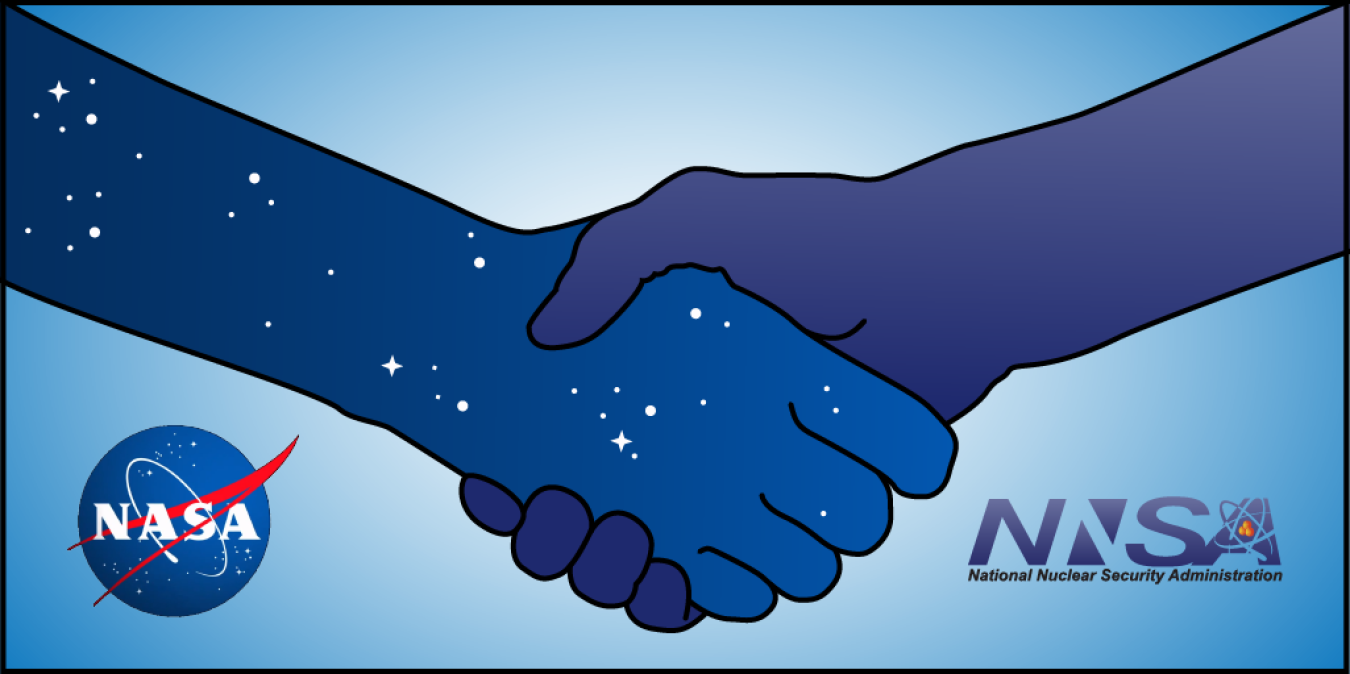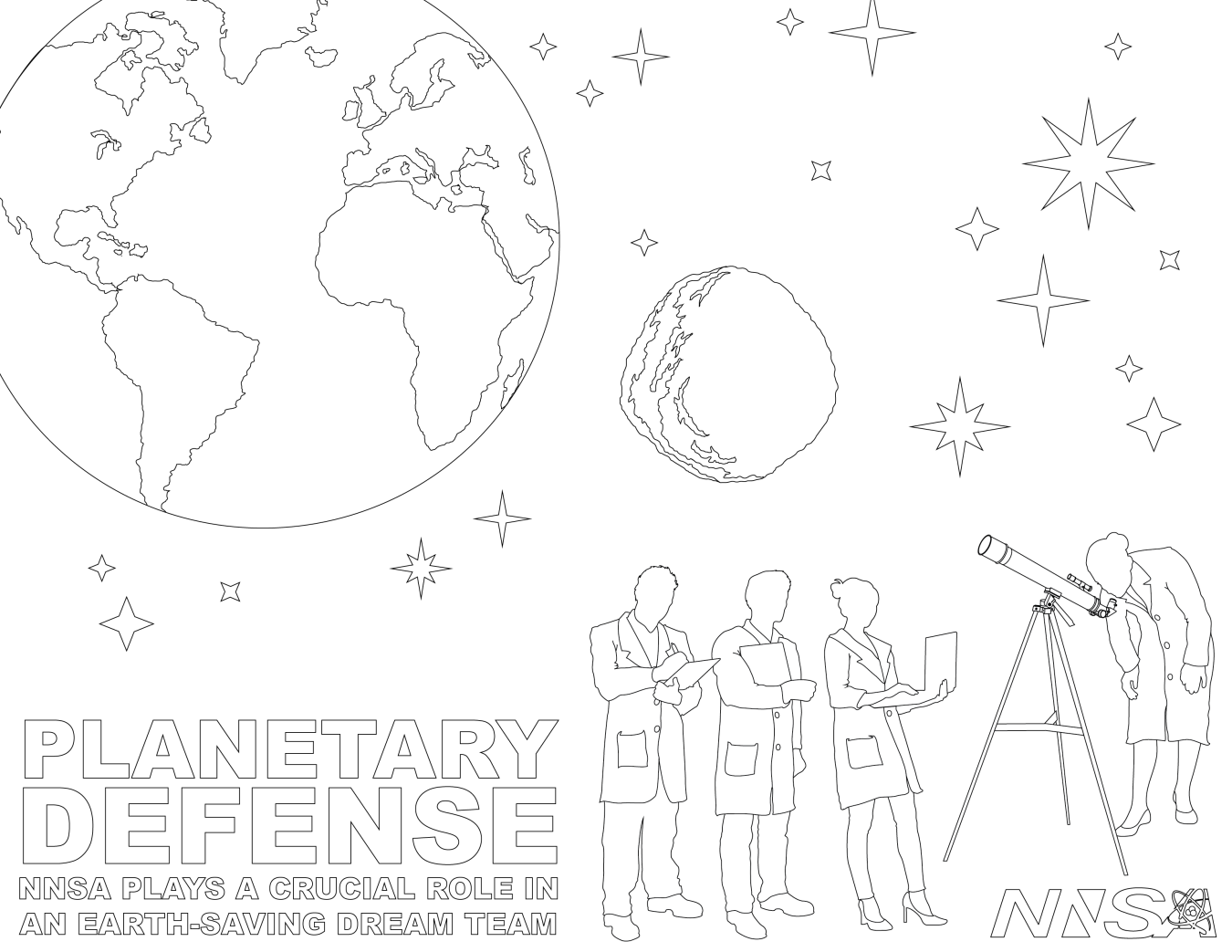
Click to learn more about NNSA's Defense Programs missions.
NNSA is one of the Federal agencies with responsibilities for “planetary defense” or detecting and mitigating impact threats from potentially hazardous near-Earth objects, such as asteroids and comets. These efforts are part of an official national security focus for the United States.
NNSA coordinates its activities with partner government agencies, including the National Aeronautics and Space Administration’s (NASA) Planetary Defense Coordination Office and the Department of Homeland Security’s Federal Emergency Management Agency (FEMA). The United States also has international partners to help detect and track, characterize, and mitigate such threats.
NNSA’s three national security laboratories – Sandia, Los Alamos, and Lawrence Livermore – employ some of the leading scientists and engineers in the world. These laboratories are unmatched in their abilities to solve the specific types of challenges near-earth objects pose, and leverage their related work on nuclear weapons research, development, technology, and engineering. The United States applies their collective expertise to address the complex challenges associated with planetary defense.
Today, NNSA and its national security laboratories partner with NASA and leverage their unique scientific, engineering, and computing capabilities to analyze potential asteroid impacts, characterize threats, and model early warnings, threat mitigation, and response capabilities. The laboratories provide unique nuclear-explosives expertise; three-dimensional multi-physics simulation codes; advanced high-performance computing platforms; and estimations of ground coupling, underground effects, and ocean interactions in case of impact. The national laboratories’ ability to characterize asteroids – including their composition, equations-of-state, material strength, and damage and failure models – also is critical.
U.S. planetary defense efforts are greatly strengthened because of the involvement of NNSA and its laboratories. At the same time, learning from these planetary defense efforts have helped NNSA (and its laboratories) better achieve its primary nuclear security missions.
A look at the various aspects of the Planetary Defense program:

For more information on NASA's efforts, visit:
